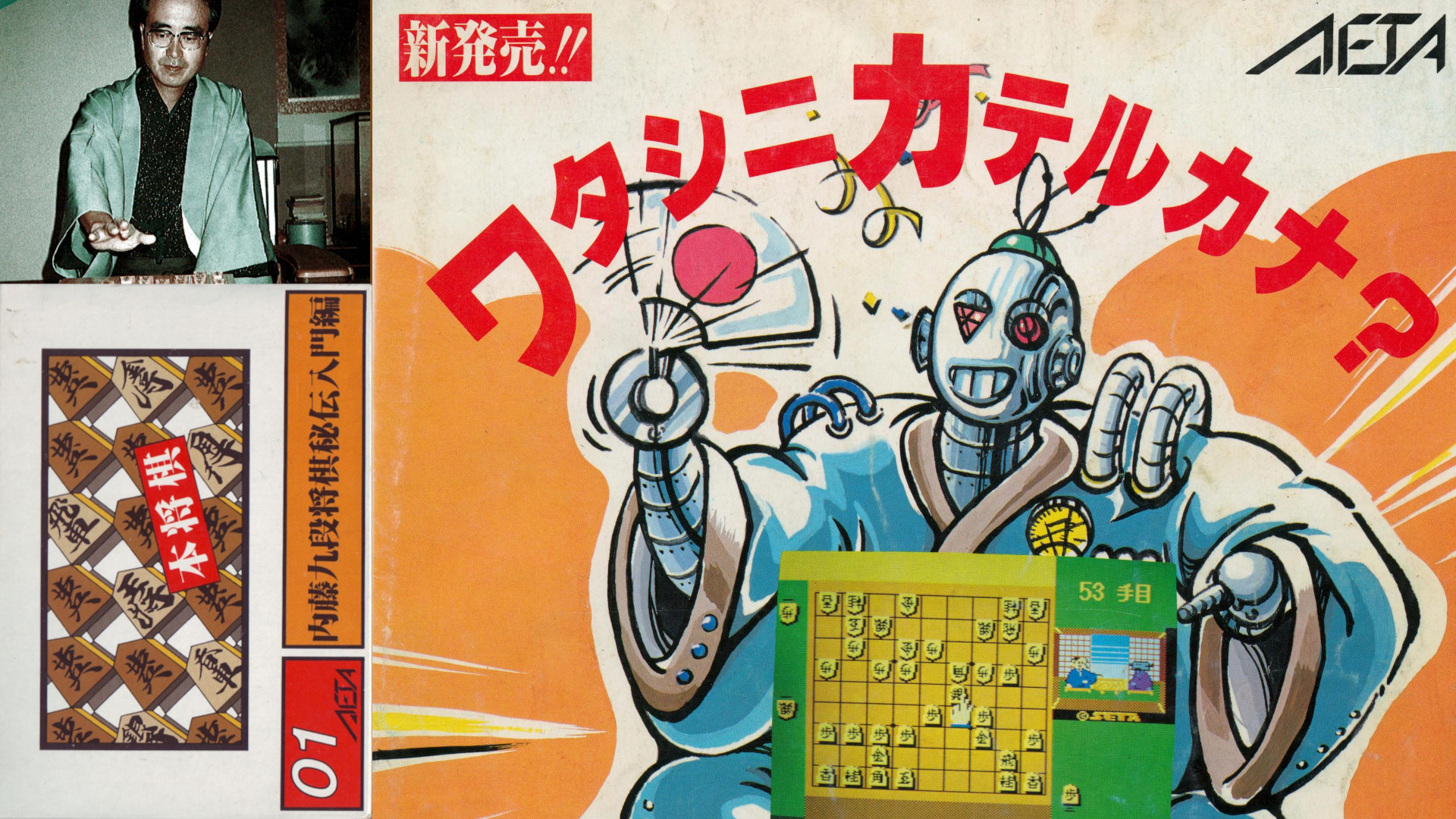
Lately i've been learning shogi since I bought a little magnetic board for the game to fill out some amazon free shipping requirements and I've having a blast playing since it allows for more entertaining ways to create chaos in the middle of a match. Also I suck at it.
As I slowly try every week to learn different games and do checkmate studies while I struggle to find anyone to play cuz of my social anxiety I remembered that I got more confident while playing chess by playing with different engines with cute graphics like battle chess or even more chess derivative games like shotgun chess or checkmate showdown but, I've never heard of anything like that with shogi videogames. In fact, i've never heard of any shogi videogames besides the shogi minigames in Like a Dragon and Clubhouse Games for the Switch. But those barely qualify as shogi games.
I want to see how developers decided to integrate shogi into consoles, the diferent engines and, above all, the different spin off they made of the game to make it interesting to new players. So I will try to play a much of them as I can while writting my impressions starting with this one.
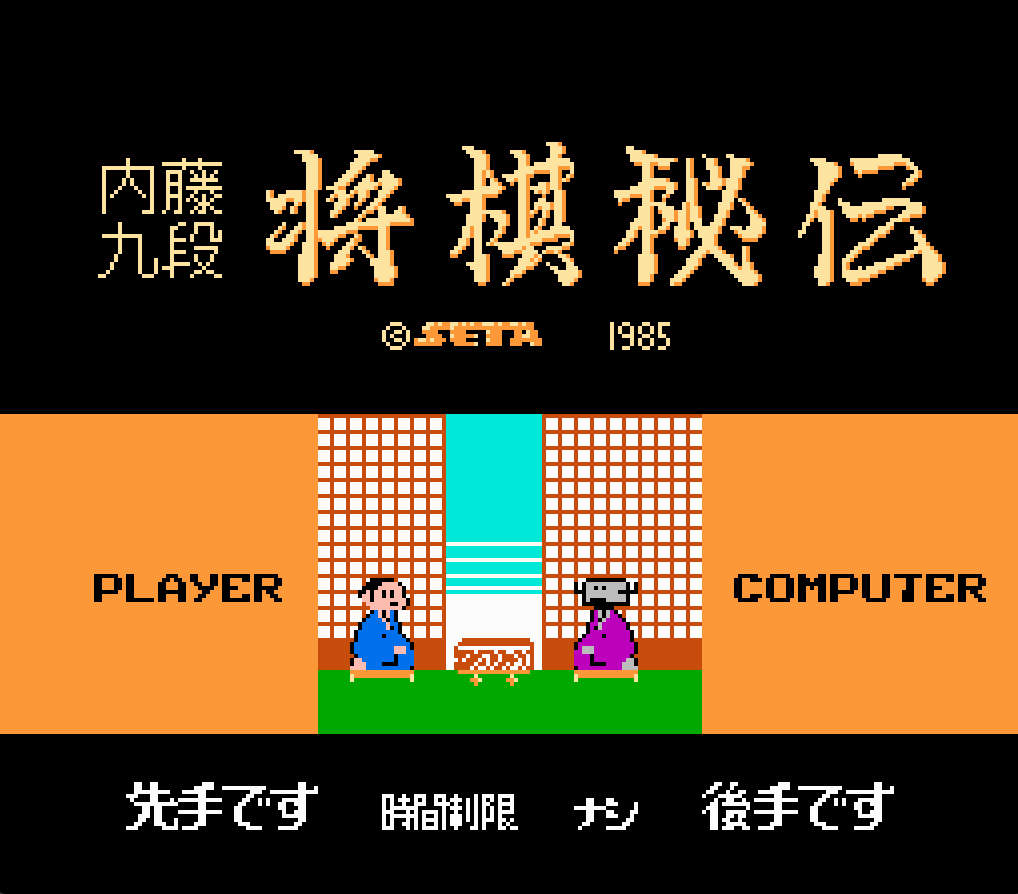 The Family Computer 1st approach to Japanese Chess is an odd one, for starters is a singleplayer game. Advertised with a robot in a
kimono saying “Can you beat me?”[1] as he points at the game while the rest of the ad tells you that this, is in fact, true shogi. Along
with the incredible sum of 12 different forms of shogi to play. This last part is a lie.
The Family Computer 1st approach to Japanese Chess is an odd one, for starters is a singleplayer game. Advertised with a robot in a
kimono saying “Can you beat me?”[1] as he points at the game while the rest of the ad tells you that this, is in fact, true shogi. Along
with the incredible sum of 12 different forms of shogi to play. This last part is a lie.
There's 3 ways to play the game in different combinations.
- Full game of shogi: You and your opponent play with all the pieces
- Rook Handicap: You or your opponent will play without the Rook
- 2-pieces Handicap: You or your opponent will play without the Rook and Bishop.
To this there's the addition of timed games, you can choose to have a fast shogi match, you only have 5 minutes to make all your moves, or to play a more calm match with no timer. If you consider that you can play blacks or whites the combination goes up to 12.
You can see when I say that 12 different forms of shougi might be a overstatement but also makes me wonder how hard could have been to put a 4-pieces handicap and a 6-pieces handicap as the latter is the preferred way to play when learning the game.
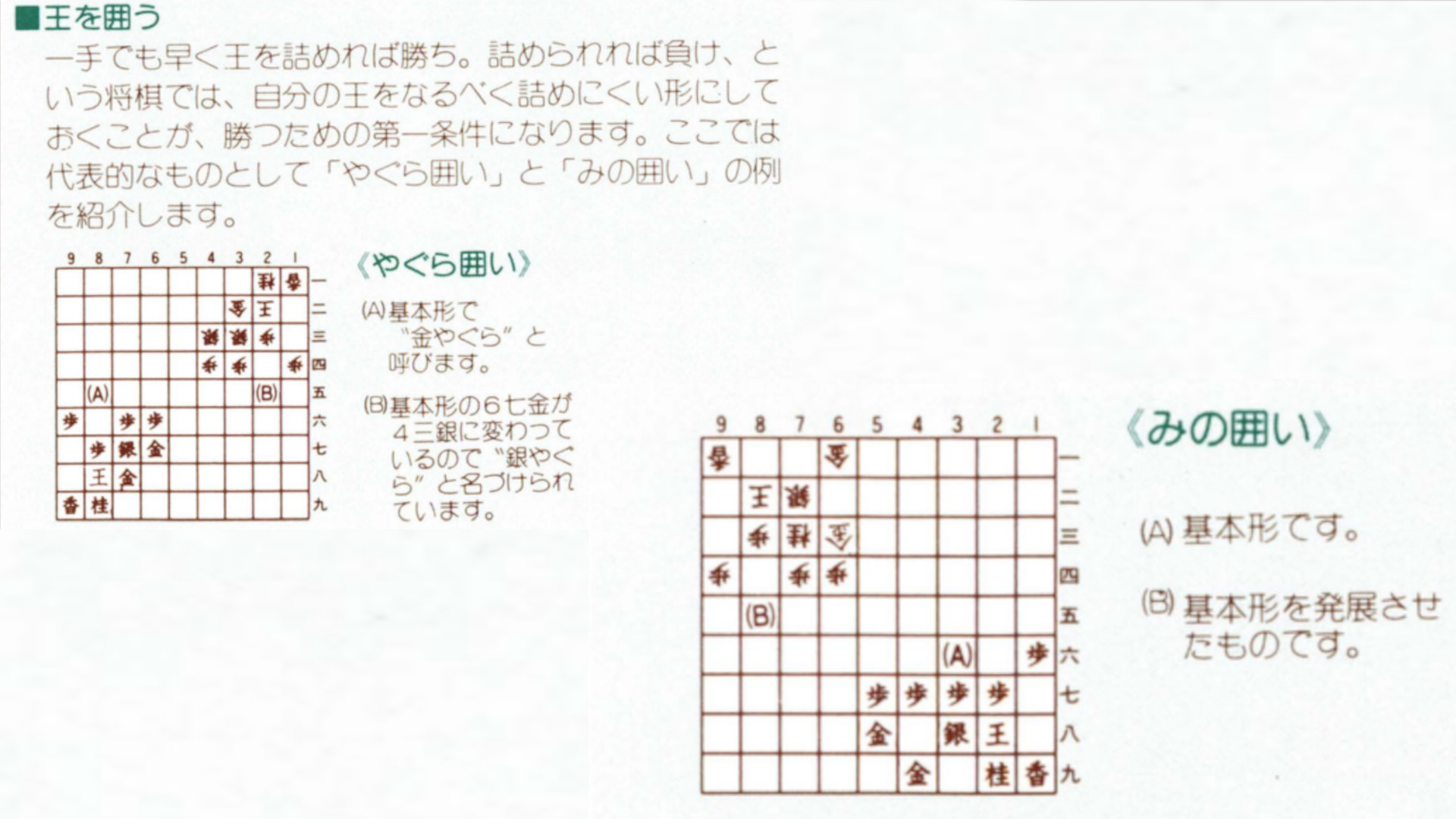
Talking about learning the game, the manual does a very good job explaining how to play shougi from how to move every piece to how the most popular castles looks like. This is also the only place you'll see the titular 9-dan professional shogi player, singer, book publisher and heavy drinker [2] Naito Kunio, who supervised the game.
The game has a couple features that can help with studies or beginners, like the fact that you can press the B button to ask the computer to wait for you on a fast game (a completely illegal thing to do) and if you press the B button rapidly until the player bows his head 9 times you will be taken back 2 moves until your last turn (you can only do this once per turn).
This makes it a really fun game to play. Yeah is just bare bones shogi and there's no multiplayer mode but it is a little fun diversion to play 1 or 2 matches before jumping to something else, and the redo function lets you try different approaches to the same line because even with the handicap and all the considerations the engine is hard to beat if you are not paying attention as it will take the first chance to attack as it sees an opening. My advice if you are trying the game and feeling like you get no rest is to always castle, the yagura and mino castle form are in the manual for a reason. The computer starts to play more defensive once your king is castled.
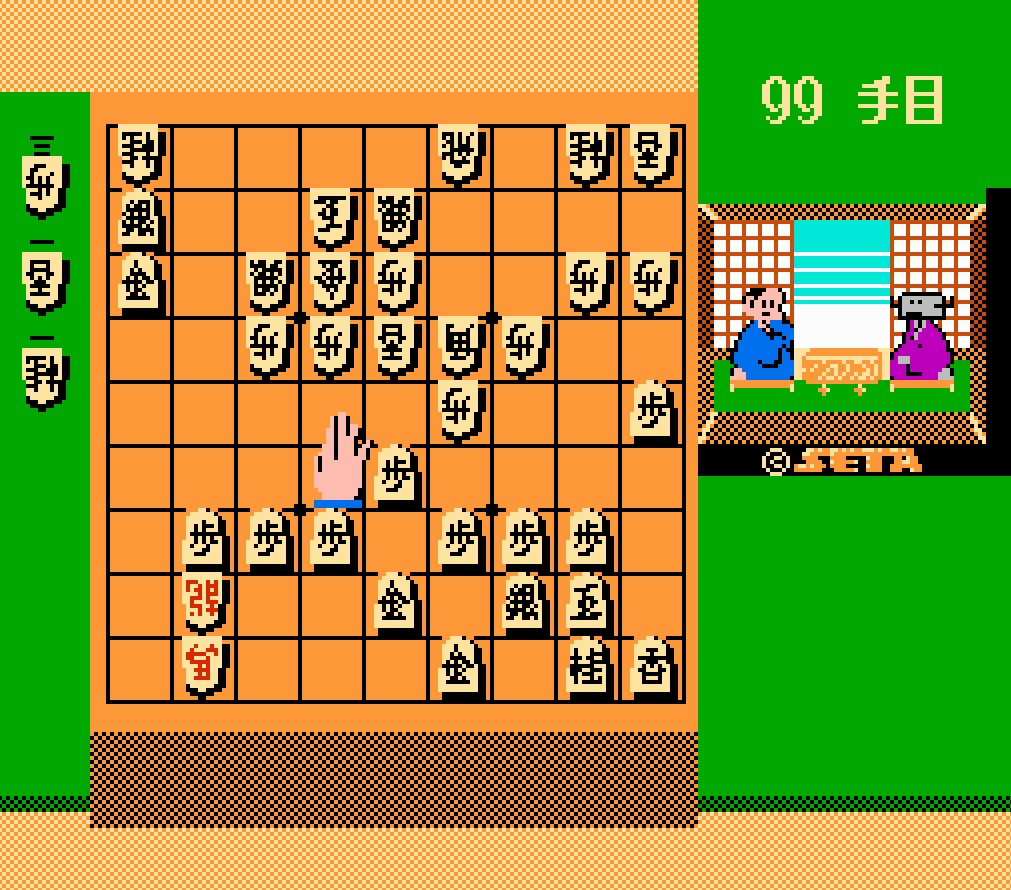
Do you see the tsume? Me neither, I lost this game 7 moves after
My main criticism is that after a while you can see that the computer is fairly deterministic. From what I've played if it doesn't see a good trade to take a piece in the next 5 moves the computer won't take it and if you play the same it will always makes the same moves.
It's hard to talk about the reception of the game since I was not able to find any magazines talking about it during the month of release and, even tho the target audience of Nintendo's home computer was different than the entertainment System, shogi is still a niche topic. The earliest article I could find was in BEEP! magazine 3 months after release in their Famicom section stating that “Finally! A Famicom Shogi game makes an appearance. This is late after the release because no one at BEEP! knew how to play shogi”[3].
By narrating a game they praised the game for the fast reaction of the computer over longer games and that due to the difficulty it might not be suitable for a complete beginner if you don't have patience. In the next issue they made the game play against the MSX “Shogi” game in a battle of the machines to see which was the best[4]. Each on winning one game.
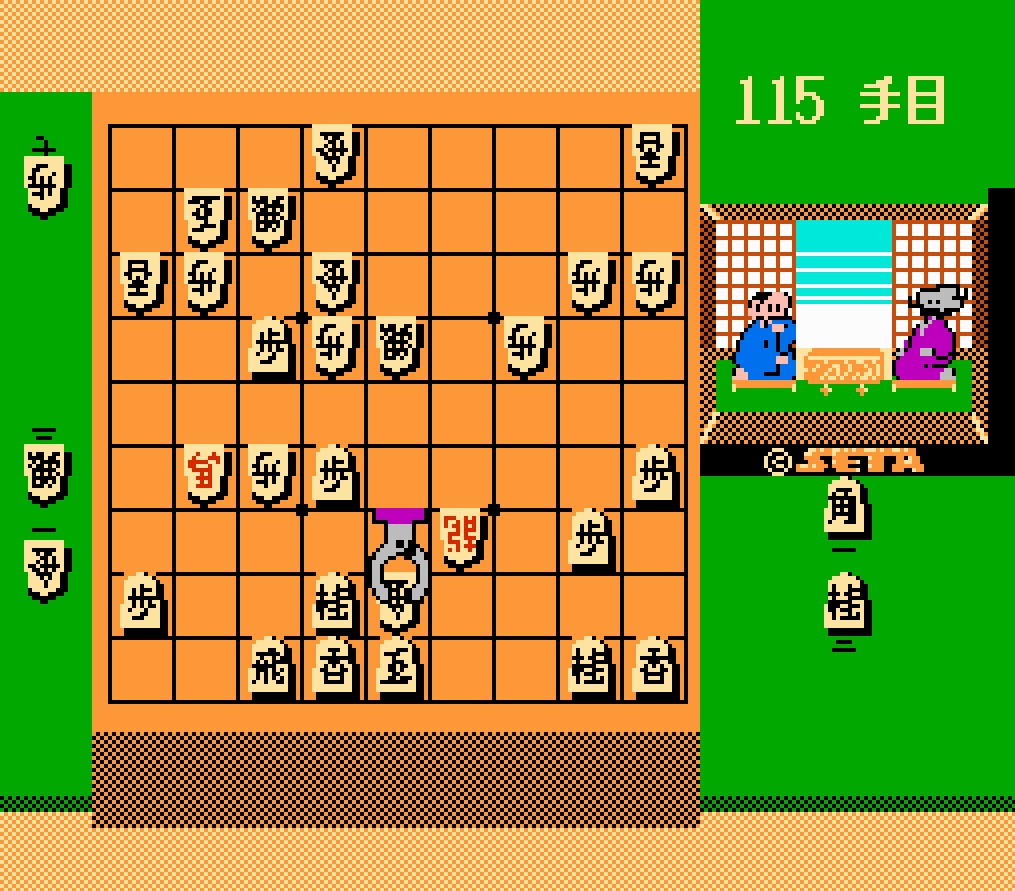
After 115 moves the game won over MSX shogi(line reproduced in game)
On a last note, The issue of March 1986 of Family Computer magazine showed in their tips and tricks sections the shortest line to win at Naitou 9-dan Secrets of Shogi with only 15 moves[5]. This line is still used for people that speedrun the game since there is not a shorter way to win the game.
 Home
Home Blog
Blog Gaming
Gaming reading
reading Fav Stuff
Fav Stuff About
About